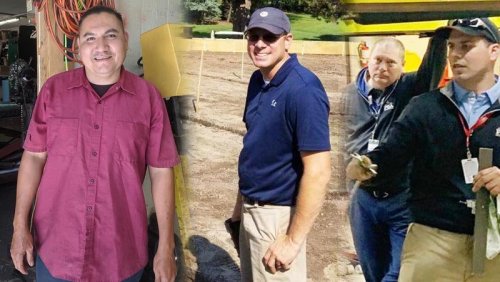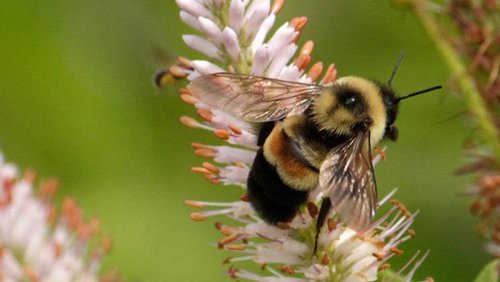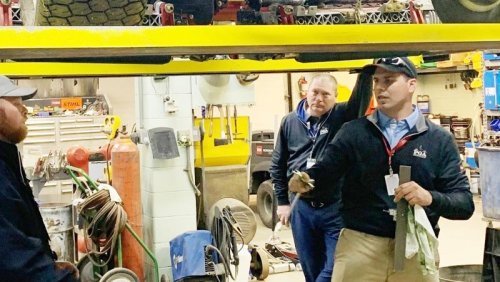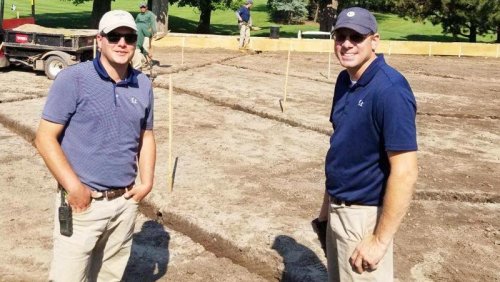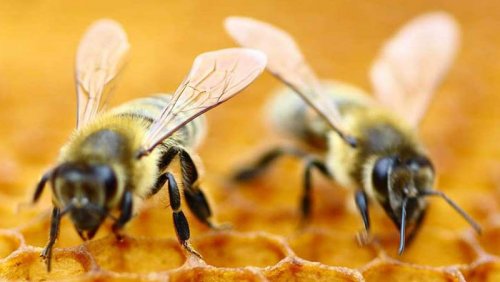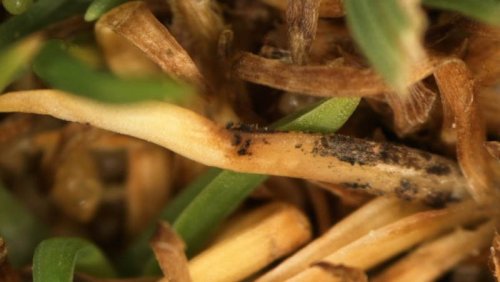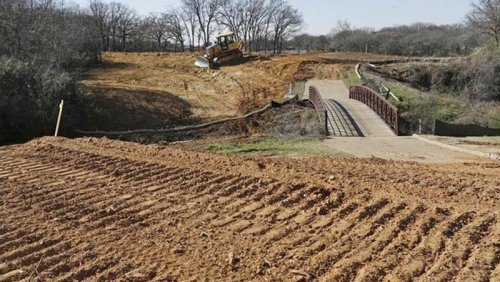
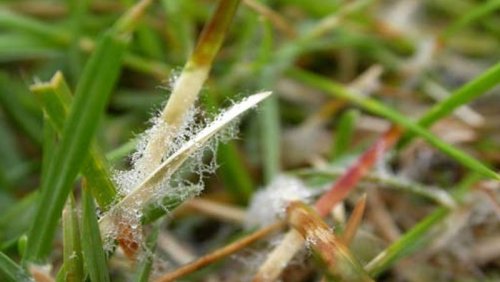
Those same conditions have provided a favorable environment for dollar spot and was the focus of a recent Turf Tips video by the Ohio State University turf pathology department.
"It's all over the state," said Todd Hicks, program coordinator for the OSU turf pathology department. "It's not a super powerful threat, but it is a threat, and it will build as the month goes along with the weather pattern we're in."
Dollar spot also was the subject of a recent TurfNet webinar by Rick Latin, Ph.D., who recently retired from Purdue University. Latin, who now operates as an independent consultant under the RL Turf badge, explored genetic, cultural, biological and chemical options for controlling dollar spot. Non-chemical options can be utilized under some circumstances or as part of a multi-pronged program. For example, practices such as removing dew or low applications of nitrogen can help minimize disease outbreaks, and advancements in turfgrass breeding have resulted in varieties that are more disease resistant than older standbys. But it is rare that any of these non-chemical options alone can be provide reliable dollar spot control.
"We're almost always going to rely on fungicide to achieve turf quality we want," Latin said in the webinar.
Consult the Ohio State fungicide chart for more information.
Latin's top recommendation for control is something from the SDHI class of fungicides. Contact fungicides are good at preventing outbreaks, but curative control requires a fungicide that penetrates the plant, and, as pointed out by Hicks in the OSU video, there are plenty of available options.
"If (dollar spot) does become super bad, remember, you've got to shorten those intervals," Hicks said.
"There are a lot of good 21-day products out there. I just don't trust anything for 21 days when I get super hammered with dollar spot."
There are several factors that affect disease pressure and lead folks like Hicks and Latin to suggest tightening up application intervals, including degradation of the product, disease pressure, water quality and fungicide resistance.
- Read more...
- 1,629 views




